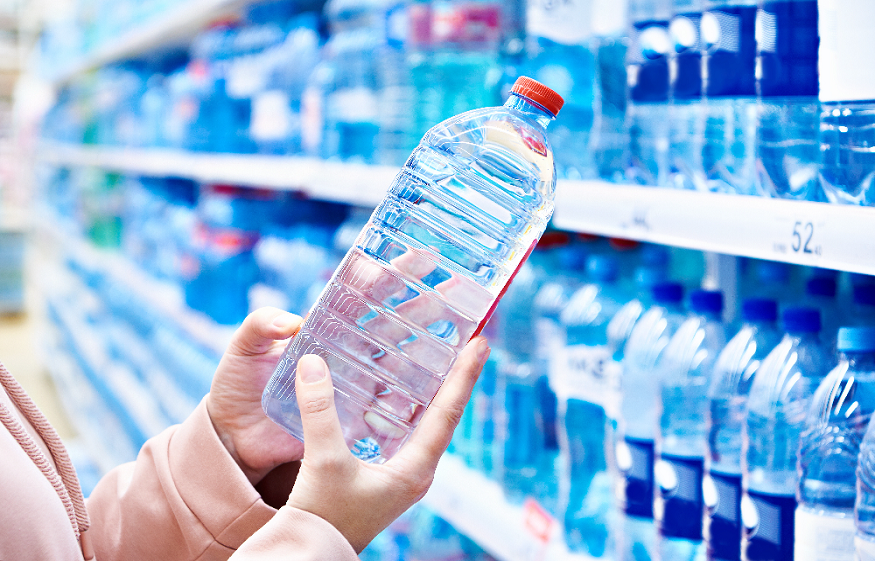How to Store Water for Emergencies

In the first world, most of us take having access to clean running water for granted. We do not even contemplate what it would be like to suddenly have no access to water for drinking, cooking, and bathing. But imagine if something were to contaminate the water supply?
Most of us assume that we are always going to have water on demand, but there are a variety of reasons that could affect water availability. These include:
- climate change
- pollution
- over extraction
With this in mind, have you considered what you would do if your faucets suddenly ran dry? Do you have a supply of water that you can access in an emergency? If not, then maybe now is the time to consider getting one.
Storing Water for Emergencies
Some people have no emergency supplies of water at all, others always have a supply that will last them for between three and seven days, as recommended by the CDC. Then there are some, who are thinking more long-term, and are storing water that will last them for months.
The CDC says we should store at least one gallon of water per person, per day for sanitation and drinking purposes. They say that those living in hot climates should store more, as should those who are pregnant as well as those caring for sick people.
How long you are storing water forwill determine the type of storage solution you choose. If you consider the recommended amount and you are a family of four, you will need to store a minimum of 56 gallons of water for a two-week period.
A quick way to ensure you have the water you need is to buy bottled water from the store. The CDC recommends observing the expiration date if you do this and replacing as necessary. You could also look at buying large gallon water containers that will hold between five and seven gallons each.
For longer term storage, the experts at Houston-based CedarStoneIndustry recommend food grade storage solutions. They recommend looking for food grade IBC totes for sale as you may be able to find an affordable water storage solution. If you have the room, you can buy stackable totes that can be used to conveniently store larges amount of water.Furthermore, because they are food grade, they are the perfect way to ensure safe storage over a long period of time.
How to Treat Water in Emergencies
For those who have not managed to store a supply of water, fear not as there are ways to decontaminate water if necessary. The CDC advises people to store a bottle of household bleach that contains between 5% and 9% sodium hypochlorite, which can be used to disinfect the water.
To disinfect water using liquid bleach, you should use a quarter of a teaspoon for every gallon of water. Once the bleach has been added, you should stir it and then leave it to sit for about thirty minutes. Do not use bleach that is marked as having any additional cleaners or is scented. It is normal for the water to have a slight odor of bleach. It is safe to drink.
Water can also be purified and disinfected through boiling. Water should be allowed to boil for between one and three minutes, after which time it should be allowed to cool. To reoxygenate the water you should transfer it from one container to another or shake the water in a bottle before drinking.You can also buy water purification tablets that can be added to water to kill pathogens. After adding a tablet, you will need to let the water sit for half an hour before drinking.






